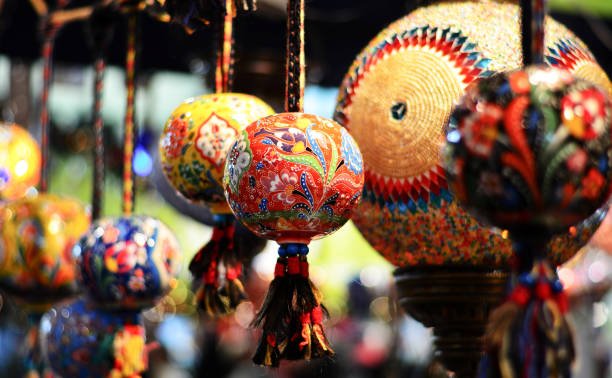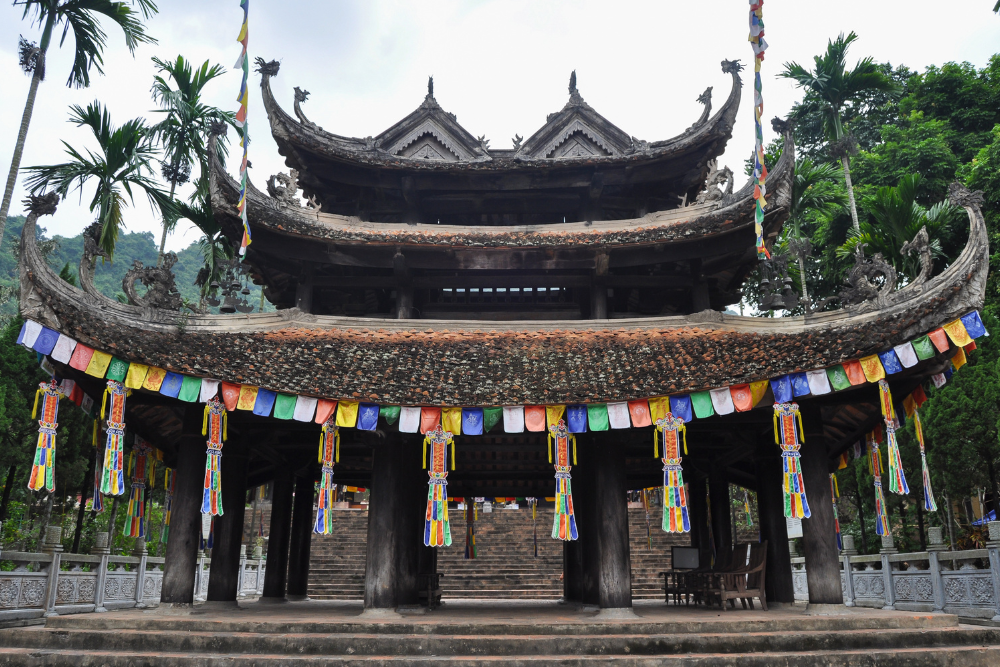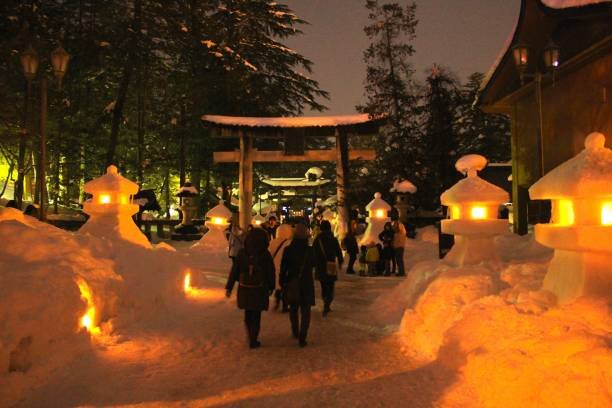Explore the vibrant world of Japan’s Matsuri festivals, their cultural significance, and the magical way they bring communities together through the seasons.
Introduction:
Japan is a country renowned for its deep cultural traditions, breathtaking landscapes, and a unique ability to celebrate life through its vibrant festivals, or “Matsuri.” Rooted in centuries-old customs, these seasonal festivals are more than just grand spectacles of color and sound. They reflect Japan’s connection with nature, its spiritual beliefs, and the importance of community. Each Matsuri tells a story, offering locals and visitors alike a glimpse into the heart of Japanese culture.

The Essence of Matsuri
Matsuri, meaning “festival” in Japanese, serves as a bridge between the past and the present. These celebrations often have roots in Shinto or Buddhist traditions and are deeply intertwined with agricultural cycles, such as planting and harvest seasons. Matsuri also commemorate historical events, honor local deities (kami), and express gratitude for blessings received.
Seasonal Highlights of Matsuri
1. Spring:
Cherry Blossom Festivals (Hanami) Spring in Japan heralds the arrival of cherry blossoms, or sakura, and with it, numerous Hanami festivals. Parks and riverbanks transform into picturesque scenes as families and friends gather for picnics under blooming trees. These celebrations are not just about appreciating nature’s fleeting beauty but also about embracing the spirit of renewal and hope.
2. Summer:
Gion Matsuri and Nebuta Matsuri Summer is synonymous with vibrant street parades and colorful floats. The Gion Matsuri in Kyoto, one of Japan’s most famous festivals, spans the entire month of July and features intricately decorated floats, traditional music, and kimono-clad participants. In Aomori, the Nebuta Matsuri captivates audiences with illuminated floats depicting warriors, mythical creatures, and historical characters.

3. Autumn:
Takayama Matsuri As leaves turn shades of gold and crimson, autumn Matsuri celebrate the harvest season. The Takayama Matsuri in Gifu Prefecture is among the most elegant, with its intricately carved floats paraded through the historic streets of Takayama’s old town. These festivals often include rituals to thank the kami for a bountiful harvest.
4. Winter:
Sapporo Snow Festival Winter brings a magical touch with snow and ice-themed festivals. The Sapporo Snow Festival in Hokkaido features stunning sculptures and installations crafted from snow and ice. Visitors from across the globe flock to witness these ephemeral works of art, enjoying a perfect blend of creativity and seasonal cheer.

Community Spirit and Cultural Preservation
One of the most remarkable aspects of Matsuri is their role in fostering community bonds. From months of preparation to the grand celebrations, Matsuri rely on collective effort. Local residents, young and old, come together to build floats, perform traditional dances, and organize various events. This shared experience strengthens social ties and keeps cultural traditions alive for future generations.

Conclusion:
Matsuri are more than festive gatherings; they are an expression of Japan’s soul. These seasonal celebrations capture the essence of tradition, community, and the natural rhythms of life. For anyone fortunate enough to experience a Matsuri, it is not just a feast for the senses but also a journey into the heart of Japan’s rich cultural tapestry. Whether you’re drawn by the allure of cherry blossoms, the thrill of summer parades, or the serene beauty of snow festivals, there is magic to be found in every season.












